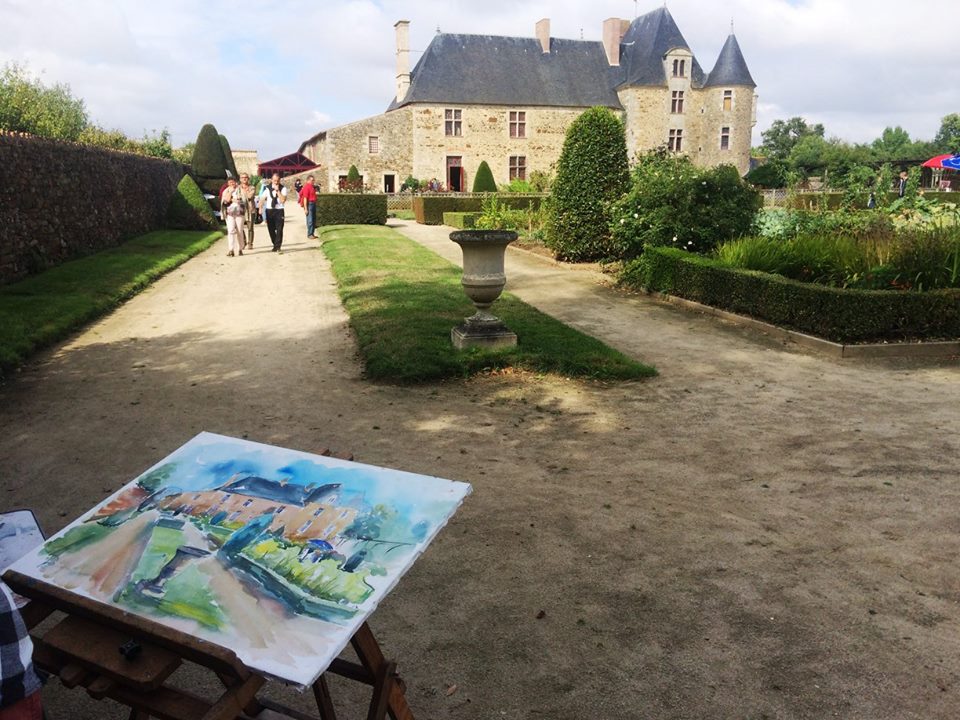

The first evidence of La Chabotterie can be traced back to the Middle Ages, when the Chabot family (minor nobility) built the first castle. Today, the only part of this which remains is the moat. The castle itself was rebuilt in the Renaissance style and remained the property of the Chabot family from its construction onwards until 1991, when the estate was acquired by the département of Vendée. The buildings were completely restored in 1993, whereby every effort was made to reconstitute the rooms in their original form.
La Chabotterie is an example of a particular type of distinguished building in the rural setting of Bas-Poitou. The castle and agricultural buildings form a horseshoe shape around the courtyard. There is an enclosed garden consisting of an ornamental area with geometrical flowerbeds and a vegetable garden where various types of vegetables and medicinal plants are grown. The interior of the castle reflects the life of a country nobleman from the Bas-Poitou area towards the end of the 18th century. From the dining hall to the study, the furniture and authentic everyday artefacts reveal the way of life of this period.
La Chabotterie reflects the social life of a family of the nobility in the country. It is an architectural space which defines the relationships between lords, servants and peasants, i.e. a way of life.
La Chabotterie is also a place of learning and discovery. The estate belongs to the département school for Historical Treasures and Natural Heritage of the Vendée. This provides a framework for a varied educational programme with the aim of raising awareness of the cultural heritage of the region.